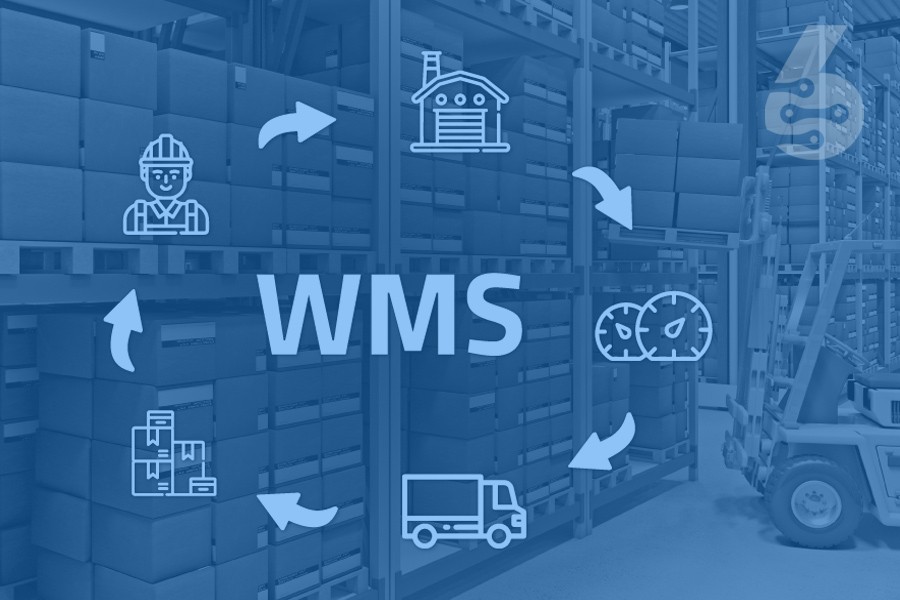Lead time is the total time between ordering materials and having them delivered and available for use. Lead time can also be the overall time between the beginning of an item's production and its completion.
Lead time is the time that elapses between ordering materials and having them delivered and available for use. It can also refer to the total time between the start of production of an item and its completion. In either case, lead time is essential in manufacturing and supply chain management, as it can significantly impact costs and efficiency.
There are several ways to reduce lead time and improve efficiency. One common approach is Just-In-Time (JIT) inventory management, which only orders materials as needed rather than stockpiling them. This can minimize storage costs and reduce the risk of material wastage. JIT production is another popular method for reducing lead time, wherein items are only produced once an order has been received rather than being produced in advance and stored. This helps to avoid overproduction, which can tie up valuable resources and lead to higher costs.
Lead time reduction is a key goal for many businesses, as it can significantly improve cost, quality, and customer satisfaction. Companies can improve their responsiveness to customers and better meet their needs by reducing the time required to complete an order. In addition, shorter lead times can help businesses minimize inventory costs and stock levels and improve production planning and coordination.

Related Blog Articles

Implementing ERPs in manufacturing companies - Tips and Considerations
Are you considering implementing an ERP in your manufacturing company? It's a big decision, and there's much to consider. But don't worry - we're here to help. This blog post will share tips and tricks for making the most of your ERP implementation. Whether you're just starting or you've been working with ERPs for years, we hope you'll find these tips helpful. So let's get started!
Understanding Warehouse Management Solutions
A warehouse management system (WMS) is a software application that supports the day-to-day operations in a warehouse. A WMS helps to control and direct the movement of materials within a warehouse and plays an essential role in optimizing the efficiency of these operations. There are many things to consider when implementing a WMS, from the size and layout of your warehouse to the type of products you're storing. This blog...
Smart Factories for Smart Snacks: How SIX ERP Transforms Food Production
As the CEO and mastermind behind our ERP implementations, I’ve seen firsthand how manufacturing is evolving. It’s no longer just about efficiency - it’s about intelligence, adaptability, and staying ahead of the curve. At SIX ERP, we don’t just implement software; we engineer smart, scalable solutions that transform production lines into data-driven, automated ecosystems.One of our most exciting challenges? Equipping a new potato chips factory with a fully automated, sensor-driven...Related SIX ERP Solutions:
Related SIX ERP Features:
Want to see SIX for yourself?
Need help, have questions or want to get a free demo?
Please read our Privacy Policy on how we process personal data. We will never share your data!



